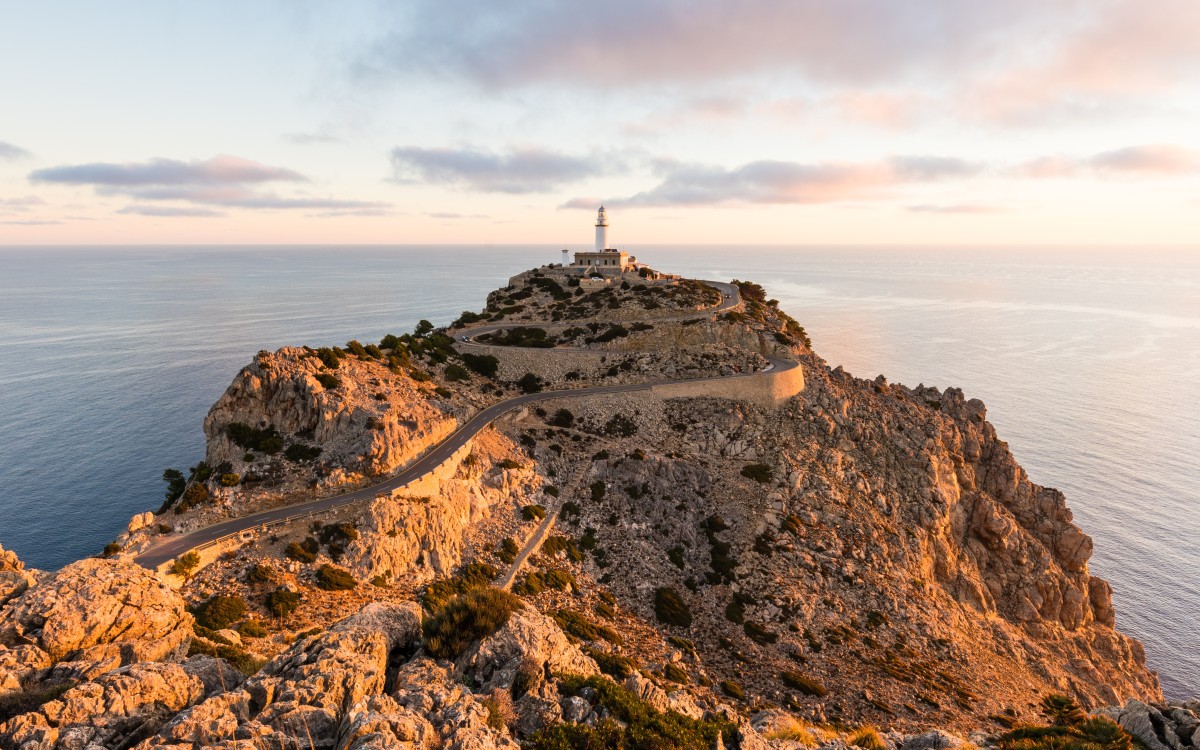Potential risk of loss of tourism comfort and destination attractiveness due to climate change

This case are investigating how the reduction of beach availability and increased temperatures will have an impact on the attractiveness of the Balearic Islands as a tourist destination.
Case contentIn Case Study 1, the IEO team investigated the risk of loss of tourism attractiveness due to cli-mate change in the Spanish Mediterranean destinations, in the Western Mediterranean. This economic sector is expected to be severely affected by climate change due to the projected loss of beaches, loss of thermal comfort, water restrictions or extreme events, among other impacts. Thus, adaptation strategies need to be developed urgently. To do so, it is necessary to first con-duct an assessment of the risk of loss of tourism attractiveness to guide the development of such strategies. Furthermore, uncertainties in the different factors are considered into the risk analy-sis.
For implementing the case, the Vulnerability Sourcebook methodology is adopted and modified to incorporate the uncertainties in the different elements of the impact chains. The increase in heat stress and the loss of beach availability have been identified as the climate change induced hazards that will affect the most the region attractiveness. Also, the impact chains have been constructed and several climatic and socioeconomic indicators have been considered after a knowledge co-production process with selected stakeholders. The weights assigned to each indi-cator have been obtained from an analytic hierarchy process based on the results of a consulta-tion with sector experts. The final risk assessment has been complemented with a sensitivity analysis to guide the adaptation strategies
Likewise, peer to peer interviews have been designed for the co-production of knowledge with the relevant stakeholder, including experts of the tourism sector coming from academia, industry and regional government. Aiming at having a productive exchange to obtain the most reliable information from them, the interviews were designed to fit the background of the interlocutor and had an average duration of 1 h. Also, all the interviews had the same initial structure, but they were flexible enough to be adapted depending on the feedback from the stakeholder.
Research Innovations
Case study 1 resulted in the following innovations:
• Research innovation relating to uncertainties
A new methodology has been developed to include uncertainties in the IC formalism. It also al-lows to easily include qualitative indicators and to take into account potential knowledge gaps.
• Research innovation relating to co-production of knowledge
The co-production of knowledge has been implemented in the scoping and definition of the ICs. We have found that doing peer-to-peer interviews, in spite of being more time consuming, were more efficient to extract information from each stakeholder. The reason is that the interviews could be adapted to the background of each individual and to the development of the interview, skipping those parts that would have been useless and deepening in those aspects in which the stakeholder was contributing the most. Also, we have found that this format reduced the biases and cross-contamination among participants that occur in workshops. Finally, the weighting phase was developed through on-line polls in which experts contributed to the identification of the most influential factors.
• Research innovation relating to societal change and socio-economic consequences
The new methodology allows including projections on societal change and socio-economic con-sequences in a natural way. The related indicators can be incorporated in the IC with their asso-ciated uncertainty. If that uncertainty is too large, then that would reflect on the final risk. Also, the sensitivity analysis included in the results can help to guide adaptation strategies.
Study areas
The study area includes the 11 Spanish provinces located in the western Mediterranean (Girona, Barcelona, Tarragona, Castelló, Illes Balears, Valencia, Alicante, Murcia, Almería, Granada y Malaga) which include some of the most important sun and sea tourism destination in the world.
Stakeholders involved
The case study involved experts of the tourism sector coming from academia, industry and re-gional government. The peer-to-peer interviews were conducted with eleven experts, four from the administration (a general director from the regional government, a tourism councillor and two technicians), six from the industry (hotel managers, coordinators from hotel associations) and one member from the academia.
Summary data collection
Qualitative data has been gathered through stakeholder dialogues and workshops.
Quantitative data, such as socio-demographic, socio-economic and environmental data, for most exposure and vulnerability indicators has been mainly obtained from the Instituto Nacional de Estadística (INE; https://www.ine.es/), which is the responsible institute for statis-tics development in Spain. Regarding the climate hazards, two of them have been considered based on the stakeholder’s feedback, the increase of heat stress and the loss of sand beach availability. Regarding the former, the chosen indicator is the Heat Index. Regarding the beach availability, the hazard indicator considered is the percentage of beach surface loss with respect to the total beach surface. The data for this indicator has been retrieved from (Agulles et al., 2021).
Results
1) Final documented output:
-Two Impact Chains validated by stakeholders.
-Two research articles published in the special issue “new Approaches to Local Climate Change Risk Analysis” developed in the framework of the project.
a) Miguel Agulles, Camilo Melo-Aguilar and Gabriel Jordà (2022): Risk of loss of tourism at-tractiveness in the Western Mediterranean under climate change, Frontiers in Climate, Vol-ume 4 – 2022, https://doi.org/10.3389/fclim.2022.1019892
b) Camilo Melo-Aguilar, Miguel Agulles and Gabriel Jordà (2022): Introducing uncertainties in composite indicators. The case of the Impact Chain risk assessment framework, Frontiers in Climate, Volume 4 – 2022, 10.3389/fclim.2022.1019888
-Online application to estimate uncertainties in the UNCHAIN risk assessment, the UNTIC tool (https://untic.pythonanywhere.com/).
2) Added value for stakeholders:
-better understanding of the risk of loss of attractiveness due to an increase in the heat stress in the Spanish Mediterranean destinations, in the Western Mediterranean
-better understanding of the risk Risk of loss of attractiveness due to a reduction of beach availability in the Spanish Mediterranean destinations, in the Western Mediterranean
-better understanding of the uncertainties in the final risk assessment of loss of tourism at-tractiveness due to climate change in the Spanish Mediterranean destinations, in the West-ern Mediterranean
3) Methodological improvements of the Impact Chain-based climate risk and vulnerability assessment:
4) Good practices in stakeholder engagement, co-production of knowledge, and presentation of results.
Case stydy responsible
Instituto Español de Oceanografía- IEO
